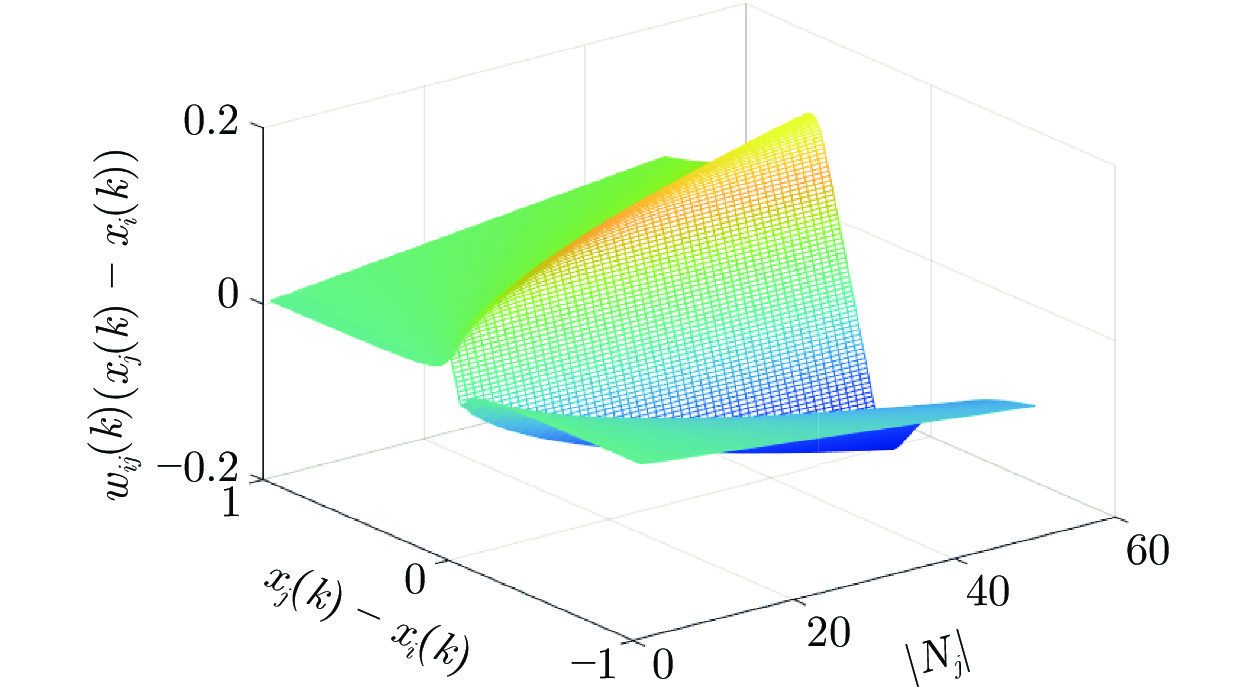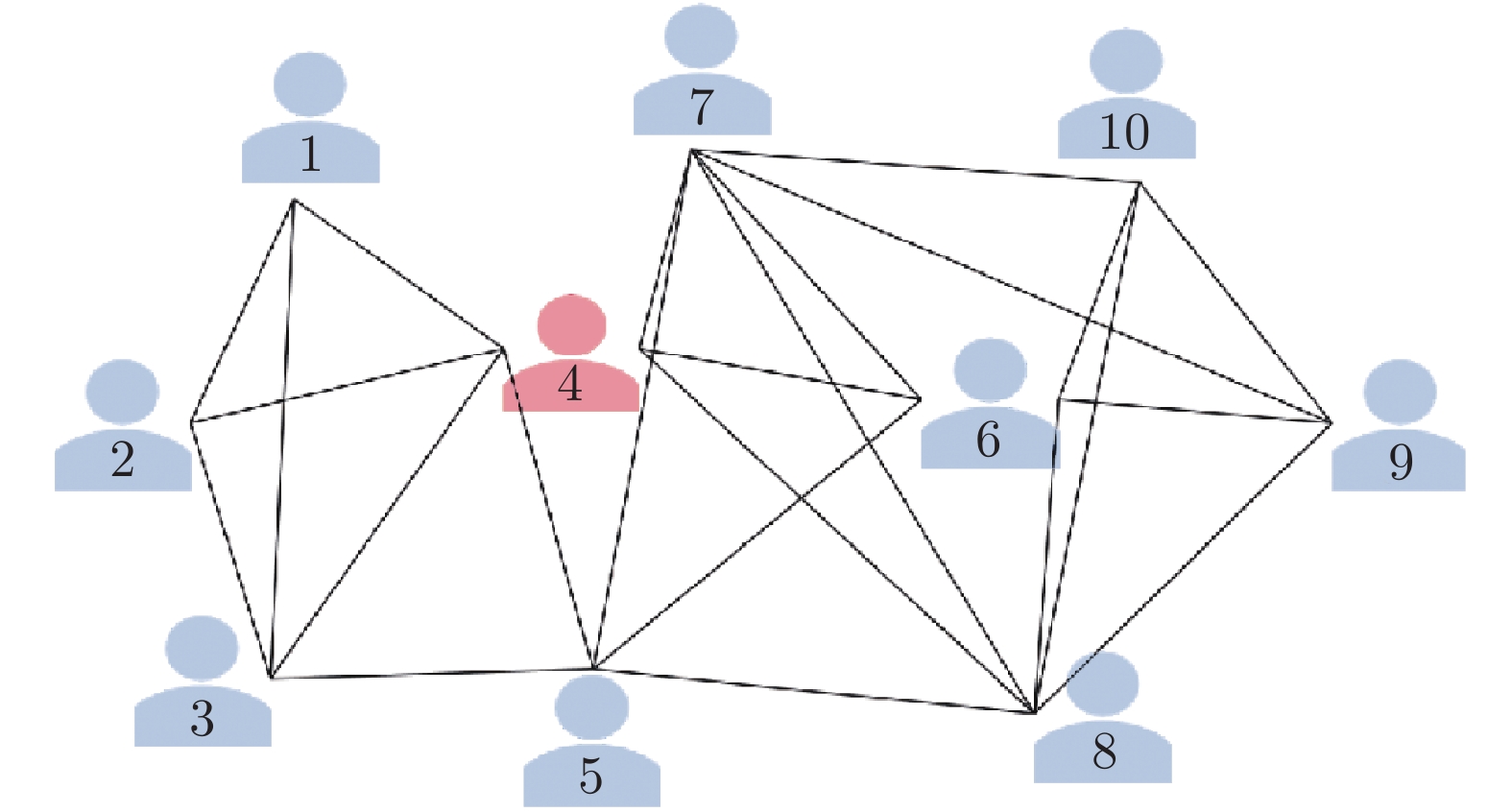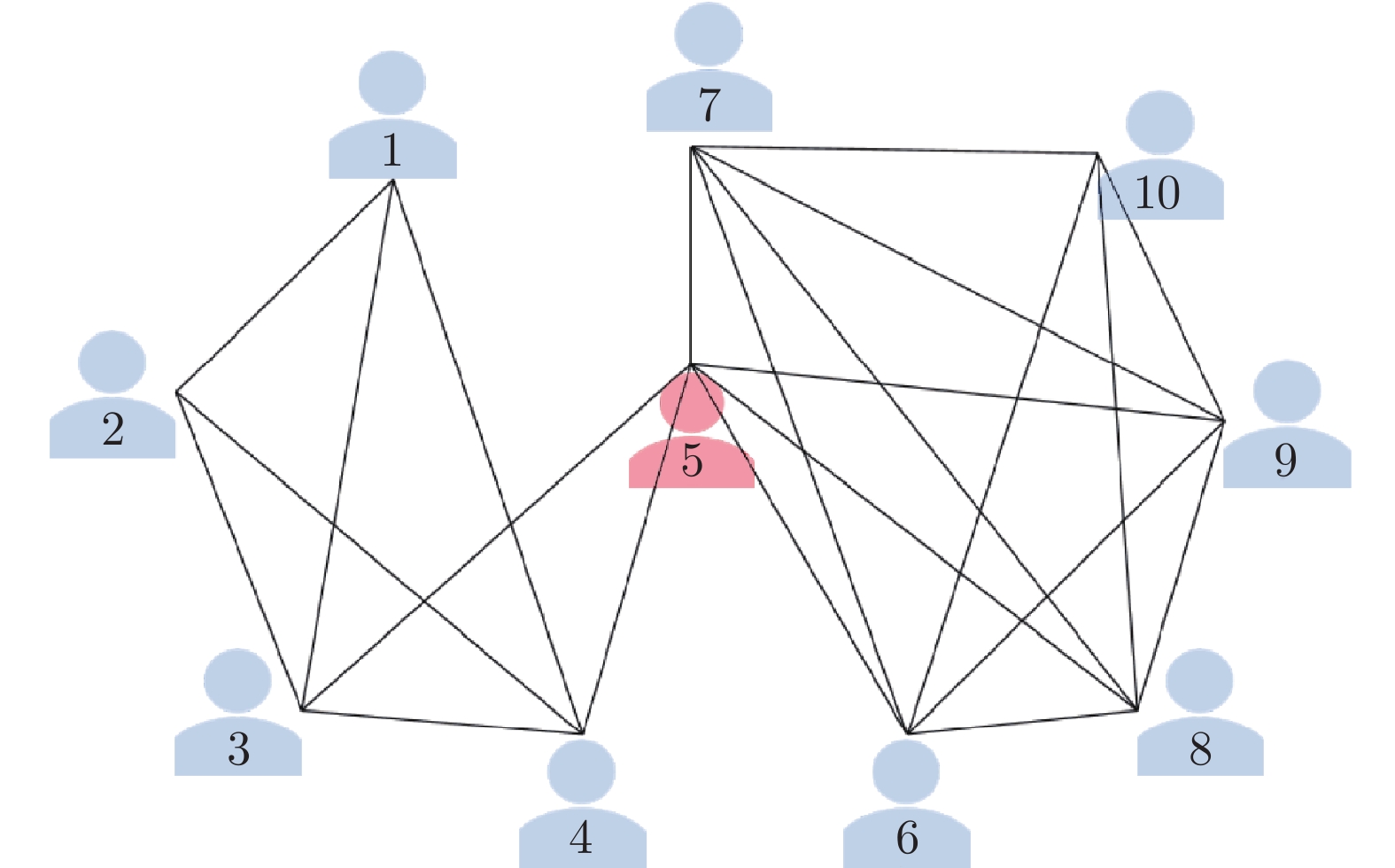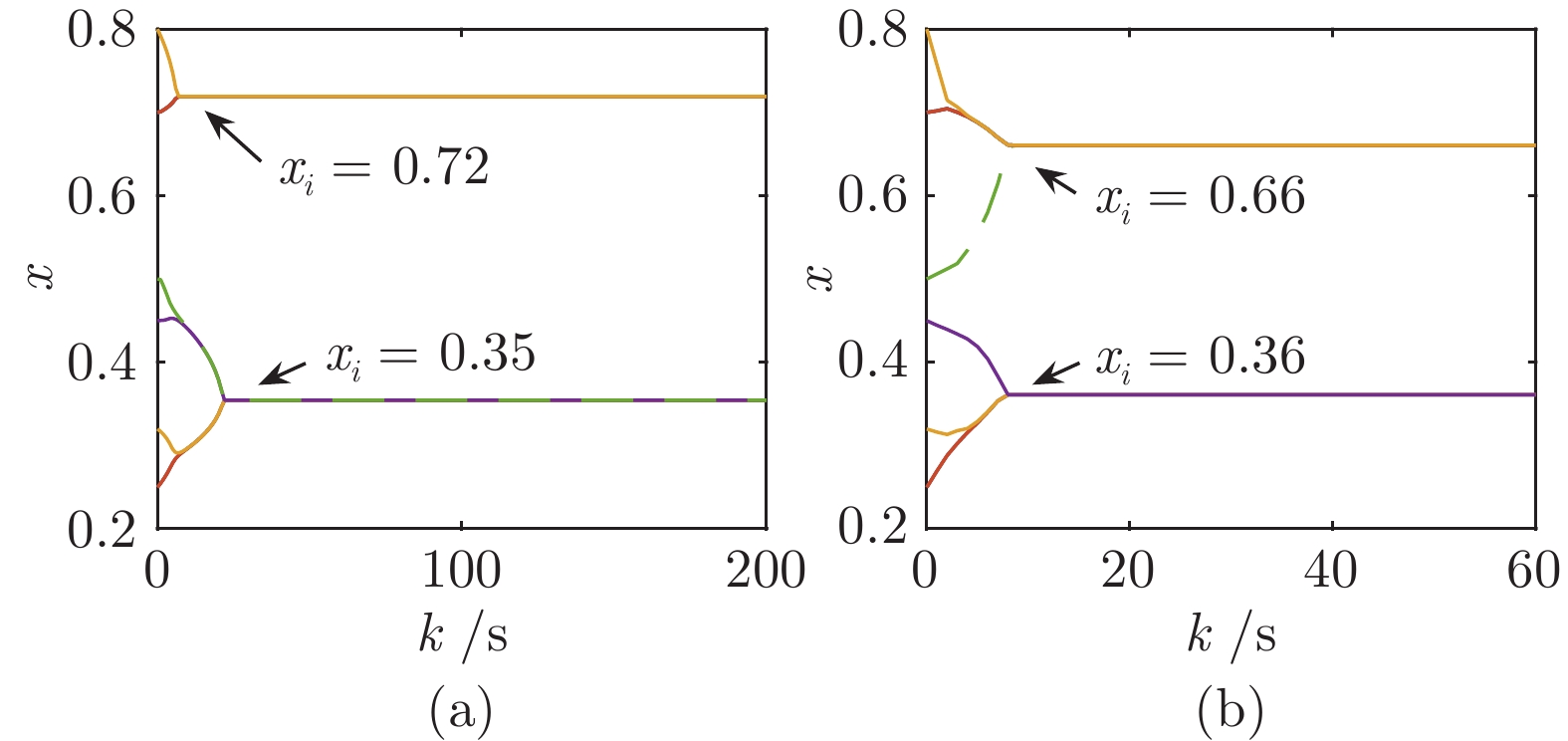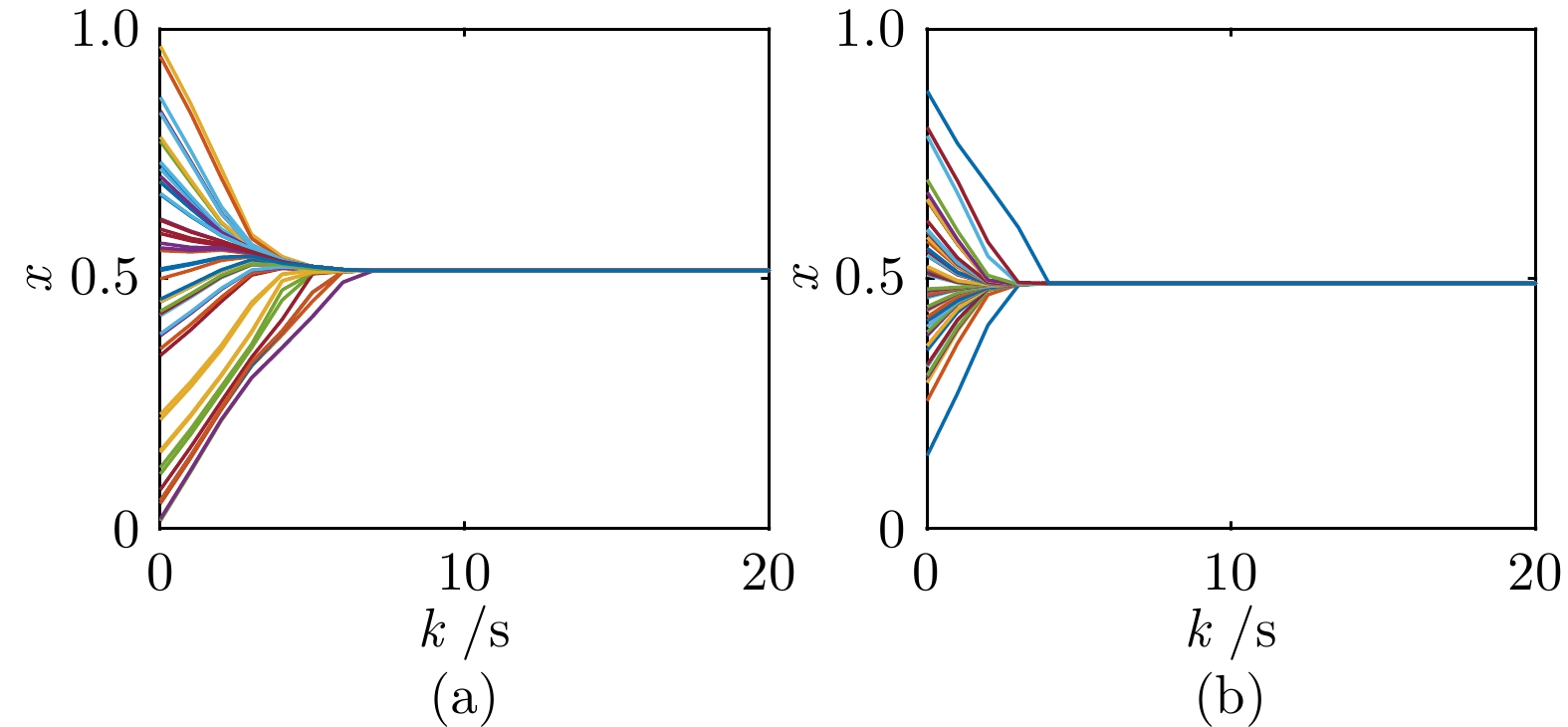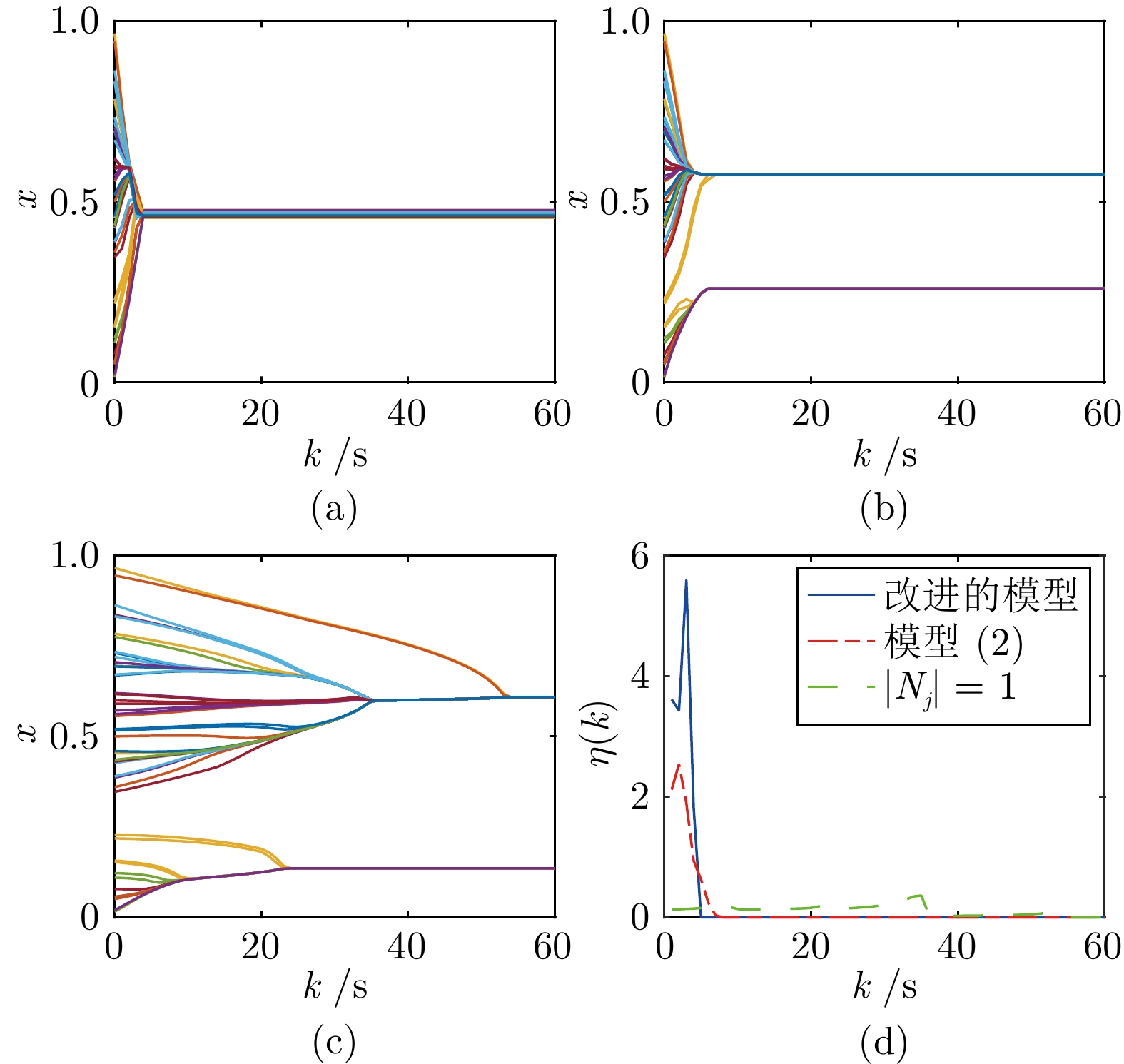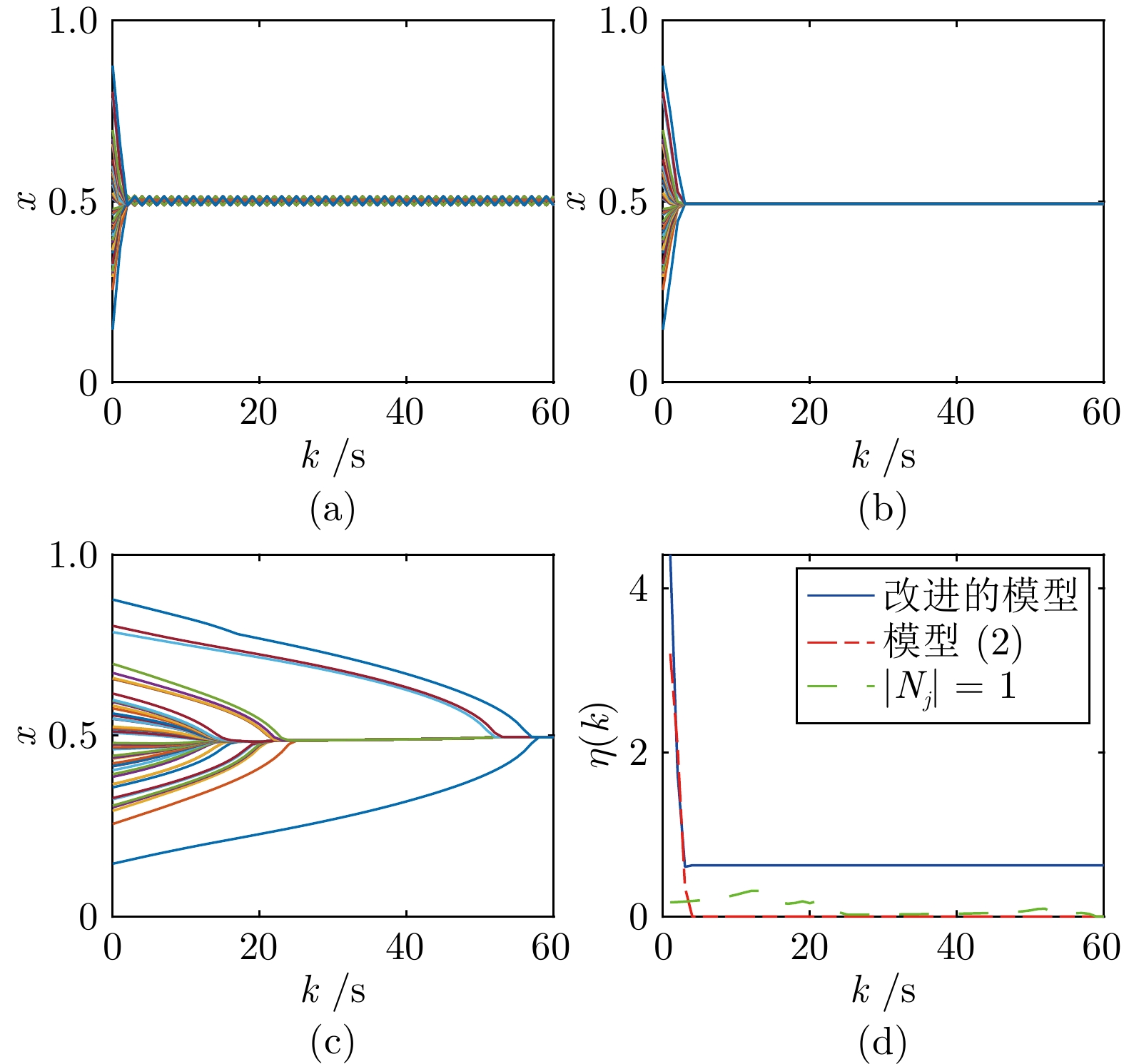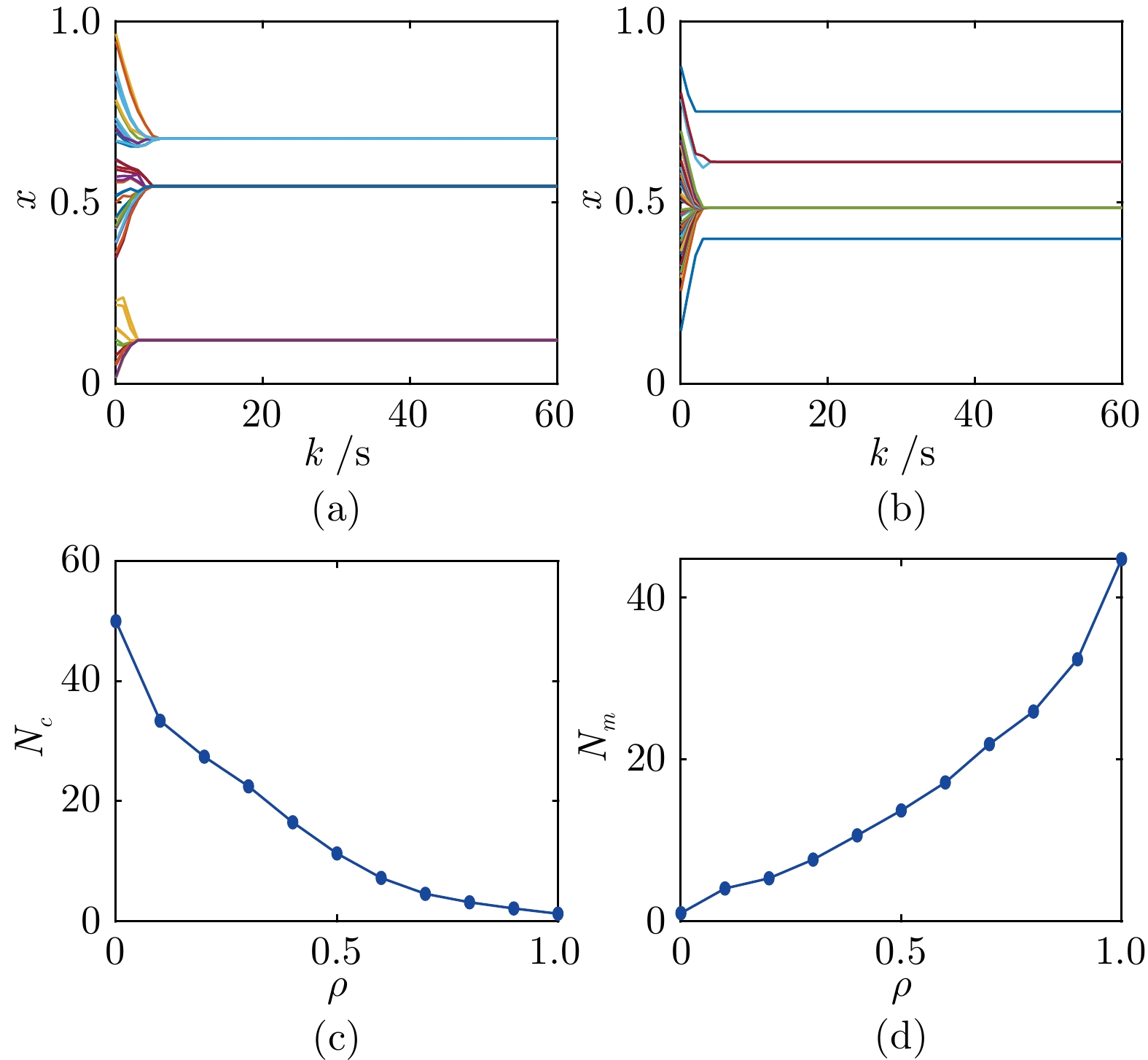|
[1]
|
Zhou B, Lin Z. Consensus of high-order multi-agent systems with large input and communication delays. Automatica, 2014, 50: 452-464 doi: 10.1016/j.automatica.2013.12.006
|
|
[2]
|
陈世明, 邵赛, 姜根兰. 基于事件触发二阶多智能体系统的固定时间比例一致性. 自动化学报, 2022, 48(1): 261-270Chen Shi-Ming, Shao Sai, Jiang Gen-Lan. Distributed event-triggered fixed-time scaled consensus control for second-order multi-agent systems. Acta Automatica Sinica, 2022, 48(1): 261-270
|
|
[3]
|
Zhou B. Consensus of delayed multi-agent systems by reduced-order observer-based truncated predictor feedback protocols. IET Control Theory & Applications, 2014, 8(16): 1741-1751
|
|
[4]
|
王龙, 田野, 杜金铭. 社会网络上的观念动力学. 中国科学: 信息科学, 2018, 48(1): 3-23 doi: 10.1360/N112017-00096Wang Long, Tian Ye, Du Jin-Ming. Opinion dynamics in social networks. Scientia Sinica: Informationis, 2018, 48(1): 3-23 doi: 10.1360/N112017-00096
|
|
[5]
|
Ghaderi J, Srikant R. Opinion dynamics in social networks with stubborn agents: Equilibrium and convergence rate. Automatica, 2014, 50(12): 3209-3215 doi: 10.1016/j.automatica.2014.10.034
|
|
[6]
|
Xia W, Ye M, Liu J, Cao M, Sun X M. Analysis of a nonlinear opinion dynamics model with biased assimilation. Automatica, 2020, 120: 109113 doi: 10.1016/j.automatica.2020.109113
|
|
[7]
|
Liu C, Wu X, Niu R, Aziz-Alaoui M A, Lü J. Opinion diffusion in two-layer interconnected networks. IEEE Transactions on Circuits and Systems I: Regular Papers, 2021, 68(9): 3772-3783 doi: 10.1109/TCSI.2021.3093537
|
|
[8]
|
Ye M, Qin Y, Govaert A, Anderson B D, Cao M. An influence network model to study discrepancies in expressed and private opinions. Automatica, 2019, 107: 371-381 doi: 10.1016/j.automatica.2019.05.059
|
|
[9]
|
刘青松, 李明鹏, 柴利. 具有遗忘群体的社会网络多维观点动力学分析与应用. 自动化学报, 2022, DOI: 10.16383/j.aas.c210091Liu Qing-Song, Li Ming-Peng, Chai Li, Analysis and application of multidimensional opinion dynamics on social networks with oblivion individuals. Acta Automatica Sinica, 2022, DOI: 10.16383/j.aas.c210091
|
|
[10]
|
Hou J, Li W, Jiang M. Opinion dynamics in modified expressed and private model with bounded confidence. Physica A: Statistical Mechanics and its Applications, 2021, 574: 125968 doi: 10.1016/j.physa.2021.125968
|
|
[11]
|
郑维, 张志明, 刘和鑫, 张明泉, 孙富春. 基于线性变换的领导-跟随多智能体系统动态反馈均方一致性控制. 自动化学报, 2021, DOI: 10.16383/j.aas.c200850Zheng Wei, Zhang Zhi-Ming, Liu He-Xin, Zhang Ming-Quan, Sun Fu-Chun. Dynamic feedback mean square consensus control based on linear transformation for leader-follower multi-agent systems. Acta Automatica Sinica, 2021, DOI: 10.16383/j.aas.c200850
|
|
[12]
|
Yi J W, Chai L, Zhang J. Average consensus by graph filtering: new approach, explicit convergence rate, and optimal design. IEEE Transactions on Automatic Control, 2020, 65(1): 191-206 doi: 10.1109/TAC.2019.2907410
|
|
[13]
|
Liu Q, Zhou B. Consensus of discrete-time multiagent systems with state, input, and communication delays. IEEE Transactions on Systems, Man, and Cybernetics: Systems, 2020, 50(11): 4425-4437 doi: 10.1109/TSMC.2018.2852944
|
|
[14]
|
Liu Q. Pseudo-predictor feedback control for multiagent systems with both state and input delays. IEEE/CAA Journal of Automatica Sinica, 2021, 8(11): 1827-1836 doi: 10.1109/JAS.2021.1004180
|
|
[15]
|
French Jr J R. A formal theory of social power. Psychological Review, 1956, 63(3): 181-194 doi: 10.1037/h0046123
|
|
[16]
|
DeGroot M H. Reaching a consensus. Journal of the American Statistical Association, 1974, 69(345): 118-121 doi: 10.1080/01621459.1974.10480137
|
|
[17]
|
Friedkin N, Johnsen E. Social influence networks and opinion change. Advances Group Processes, 1999, 16: 1-29
|
|
[18]
|
Parsegov S E, Proskurnikov A V, Tempo R, Friedkin N E. Novel multidimensional models of opinion dynamics in social networks. IEEE Transactions on Automatic Control, 2017, 62(5): 2270-2285 doi: 10.1109/TAC.2016.2613905
|
|
[19]
|
Tian Y, Wang L. Opinion dynamics in social networks with stubborn agents: An issue-based perspective. Automatica, 2018, 96: 213-223 doi: 10.1016/j.automatica.2018.06.041
|
|
[20]
|
Deffuant G, Neau D, Amblard F, Weisbuch G. Mixing beliefs among interacting agents. Advances in Complex Systems, 2000, 3: 87-98 doi: 10.1142/S0219525900000078
|
|
[21]
|
Zhang J, Hong Y. Opinion evolution analysis for short-range and long-range Deffuant–Weisbuch models. Physica A: Statistical Mechanics and its Applications, 2013, 392(21): 5289-5297 doi: 10.1016/j.physa.2013.07.014
|
|
[22]
|
Dong Y, Ding Z, Martínez L, Herrera F. Managing consensus based on leadership in opinion dynamics. Information Sciences, 2017, 397: 187-205
|
|
[23]
|
Mei W, Friedkin N E, Lewis K, Bullo F. Dynamic models of appraisal networks explaining collective learning. IEEE Transactions on Automatic Control, 2018, 63(9): 2898-2912 doi: 10.1109/TAC.2017.2775963
|
|
[24]
|
Hegselmann R, Krause U. Opinion dynamics and bounded confidence models, analysis, and simulation. Journal of Artificial Societies and Social Simulation, 2002, 5(3): 1-33
|
|
[25]
|
Bullo F, Cortes J, Martinez S. Distributed Control of Robotic Networks. Princeton: Princeton University Press, 2009.
|
|
[26]
|
Cody W F. Authoritative effect of FDA regulations. The Business Lawyer, 1969, 24: 479-491
|
|
[27]
|
Chen Z, Lan H. Dynamics of public opinion: Diverse media and audiences’ choices. Journal of Artificial Societies and Social Simulation, 2021, 24(2): 1-21 doi: 10.18564/jasss.4518
|
|
[28]
|
Canuto C, Fagnani F, Tilli P. An Eulerian approach to the analysis of Krause's consensus models. SIAM Journal on Control and Optimization, 2012, 50(1): 243-265 doi: 10.1137/100793177
|
|
[29]
|
Su W, Chen G, Hong Y. Noise leads to quasi-consensus of Hegselmann–Krause opinion dynamics. Automatica, 2017, 85: 448-454 doi: 10.1016/j.automatica.2017.08.008
|
|
[30]
|
Yang Y, Dimarogonas D V, Hu X. Opinion consensus of modified Hegselmann–Krause models. Automatica, 2014, 50(2): 622-627 doi: 10.1016/j.automatica.2013.11.031
|
|
[31]
|
Haskovec J. A simple proof of asymptotic consensus in the Hegselmann-Krause and Cucker-Smale models with normalization and delay. SIAM Journal on Applied Dynamical Systems, 2021, 20(1): 130-148 doi: 10.1137/20M1341350
|
|
[32]
|
Vasca F, Bernardo C, Iervolino R. Practical consensus in bounded confidence opinion dynamics. Automatica, 2021, 129: 109683 doi: 10.1016/j.automatica.2021.109683
|
|
[33]
|
Gerrig R J. Psychology and Life (20th Edition). New York: Pearson, 2013.
|
|
[34]
|
Mei W, Bullo F, Chen G, Hendrickx J, Dörfler F. Rethinking the micro-foundation of opinion dynamics: Rich consequences of the weighted-median mechanism [Online], available: https://arxiv.org//abs/1909.06474, January 26, 2022
|
|
[35]
|
Swingle P G, Santi A. Communication in non-zero-sum games. Journal of Personality and Social Psychology, 1972, 23 (1), 54-63 doi: 10.1037/h0032878
|
|
[36]
|
Lorenz J. A stabilization theorem for dynamics of continuous opinions. Physica A: Statistical Mechanics and its Applications, 2005, 355(1): 217-223 doi: 10.1016/j.physa.2005.02.086
|
|
[37]
|
Morarescu I C, Girard A. Opinion dynamics with decaying confidence: Application to community detection in graphs. IEEE Transactions on Automatic Control, 2011, 56(8): 1862-1873 doi: 10.1109/TAC.2010.2095315
|




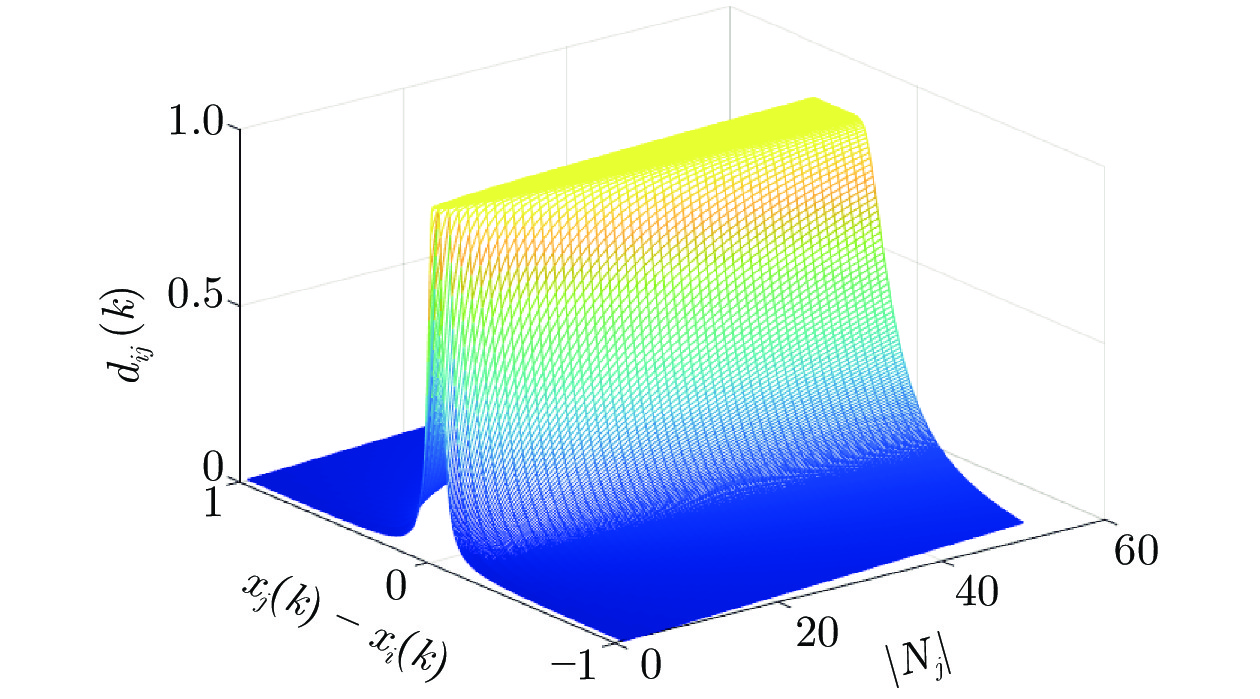
 下载:
下载:
